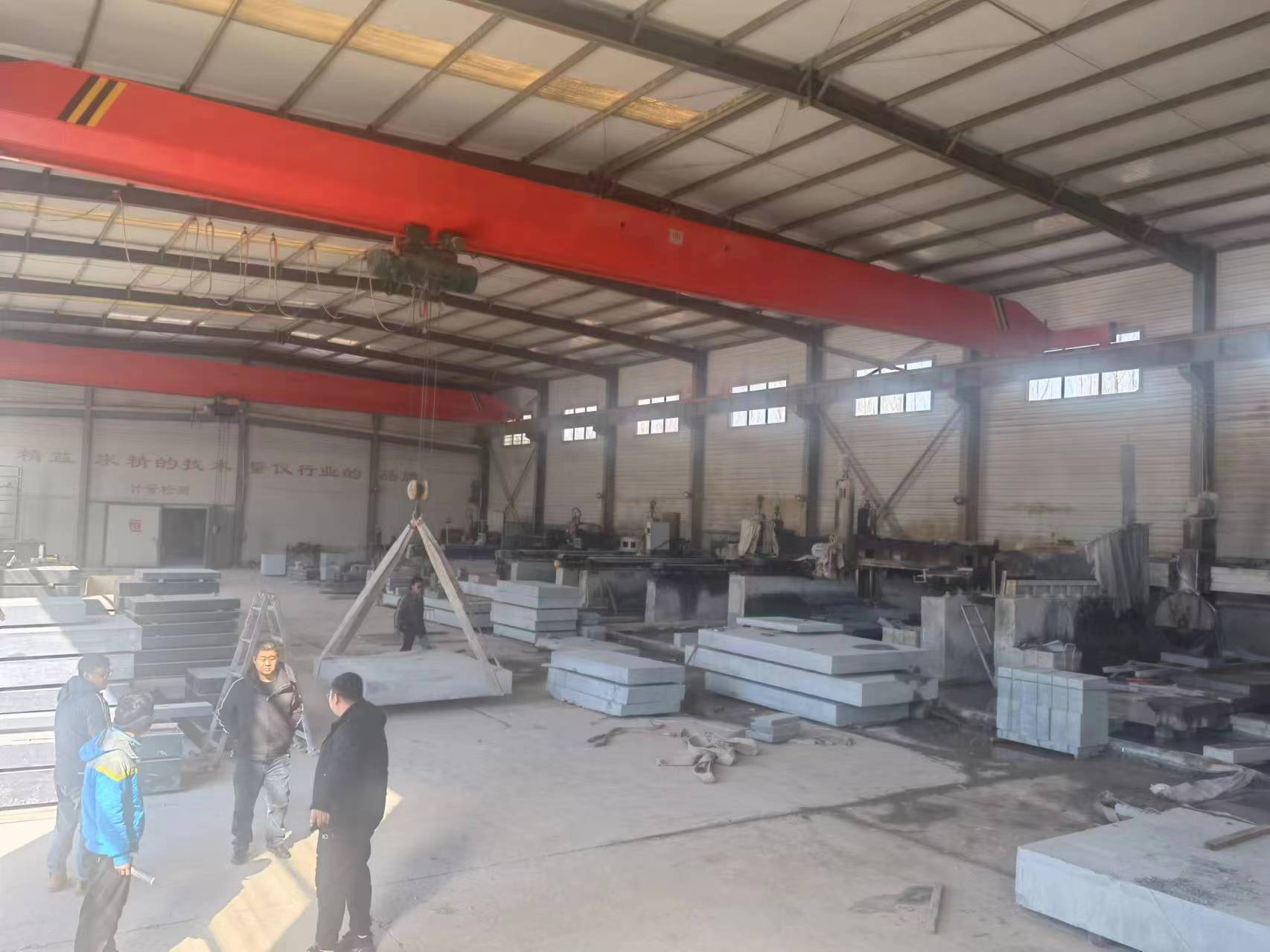Nov . 24, 2024 11:35 Back to list
engineering vee blocks
Understanding Engineering Vee Blocks Essential Tools for Precision Measurement
Vee blocks are widely used tools in the field of engineering and manufacturing, primarily for the precision holding and measuring of cylindrical objects. Their unique design, featuring a V-shaped groove, allows for the secure placement of round materials, making them an indispensable asset in workshops and production environments.
The Design and Functionality of Vee Blocks
A Vee block typically comes in pairs, with each block having a 90-degree angled groove. This design is crucial as it provides stability and ensures that cylindrical items, such as shafts and rods, are held firmly in place during machining or measurement processes. The V-shaped cavity allows for effective clamping on the workpiece, preventing unwanted movement that could lead to inaccuracies.
Vee blocks are made from various materials, including hardened steel and aluminum, depending on the specific application and required durability. Hardened steel blocks are especially preferred in environments where tools are subjected to heavy wear and frequent use. The precision ground surfaces of these blocks ensure minimal error margins, enabling engineers and machinists to achieve high levels of accuracy in their tasks.
Applications of Vee Blocks in Engineering
The versatility of Vee blocks makes them suitable for a variety of applications in engineering. Some common uses include
1. Measuring Cylindrical Objects Vee blocks are ideal for checking diameters and squareness of cylindrical workpieces. When placed on a surface plate, they allow machinists to gauge the dimensions of an object accurately using calipers or micrometers.
engineering vee blocks

2. Supporting Workpieces for Machining In machining processes such as turning, milling, or grinding, Vee blocks provide a stable platform for holding cylindrical workpieces. This stability is crucial in maintaining consistency and precision throughout the machining process.
3. Aligning Components When assembling or aligning components, Vee blocks can help in achieving the correct orientation of cylindrical objects, ensuring precise alignment is maintained, which is vital for the overall functionality of the final product.
4. Fabrication and Inspection During fabrication processes, engineers utilize Vee blocks to hold parts securely while they cut, drill, or weld. Post-fabrication, these blocks assist in inspection, ensuring that products meet specified tolerances and quality standards.
Choosing the Right Vee Block
Selecting the appropriate Vee block involves considering several factors. The size and shape of the workpiece are paramount; larger blocks accommodate bigger objects, while smaller ones are better for finer details. The surface finish and hardness of the Vee block are also critical, as they impact the precision and durability of the tool.
Moreover, accessories such as clamps, holding screws, and magnetic bases can enhance the functionality of Vee blocks, providing additional support and stability when needed. For unique applications, custom-made Vee blocks can also be designed to meet specific engineering requirements.
Conclusion
In conclusion, Vee blocks play a vital role in the engineering and manufacturing sectors due to their unmatched precision and functionality. Their ability to securely hold cylindrical workpieces makes them essential tools for measurements, machining, alignment, and inspection. As industries continue to evolve, the demand for accurate and reliable tools like Vee blocks will remain integral to ensuring high-quality production and engineering excellence. Investing in high-quality Vee blocks is not only a step towards precision but also a commitment to delivering superior results in any engineering project.
-
Y Type Strainer Maintains System Efficiency Long TermNewsJul.15,2025
-
Valve Selection Guide for Industrial ApplicationsNewsJul.15,2025
-
Steel Fab Table Provides Durable Work Surface for WeldingNewsJul.15,2025
-
Pad Iron Provides Stable Support for Heavy MachineryNewsJul.15,2025
-
One Inch Check Valve Fits Standard Plumbing SystemsNewsJul.15,2025
-
Measuring Micrometer Ensures Precise Dimensional AccuracyNewsJul.15,2025
Related PRODUCTS









